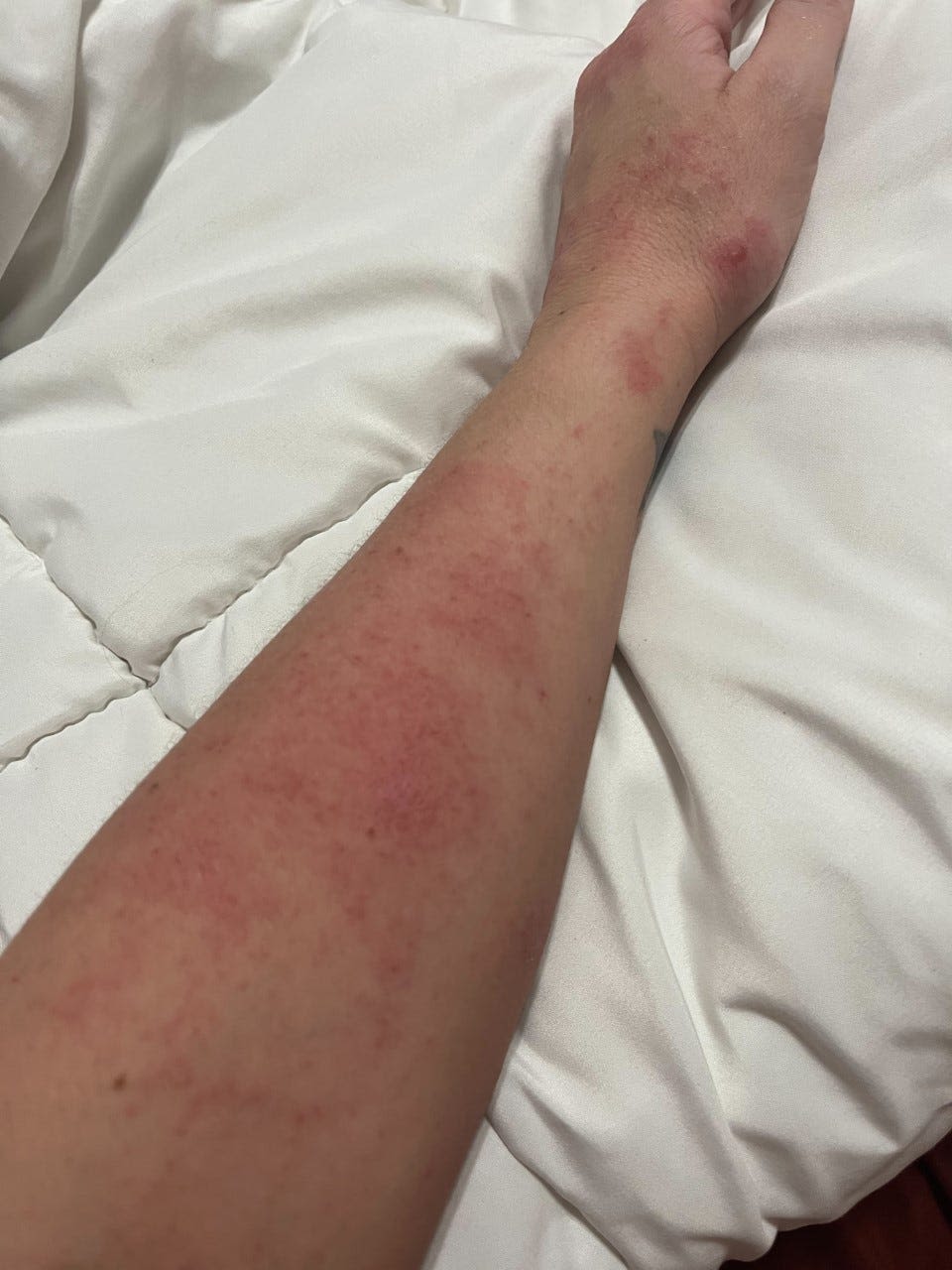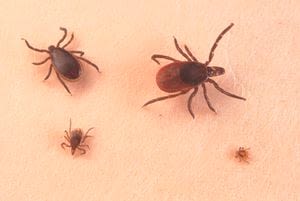Search results
News about Lyme disease, symptoms, Alpha-gal syndrome
News about Powassan virus, Massachusetts, Sharon
People also ask
Where can I get a tick bite?
Where do ticks go in your body?
Can you spot a tick before it bites?
Oct 9, 2023 · A tick bite can cause immediate, intense itching in some people due to the toxins and irritants in tick saliva. However, itching doesn’t always occur. However, itching doesn’t always occur.
Feb 27, 2019 · Removing ticks as soon as possible reduces the risk of infection. If you or a loved one is bitten, remove the tick promptly. Here’s how: Grasp the tick’s mouthparts against the skin, using pointed tweezers. Be patient; the long mouthpart is covered with barbs, so removing it can be difficult and time consuming.
Feb 10, 2023 · Stage 3 symptoms usually begin 2 to 12 months after a tick bite. The type of Lyme disease common in Europe can cause a skin condition called acrodermatitis chronic atrophicans. The skin on the backs of the hands and tops of the feet get discolored and swell. It also may show up over the elbows and knees.
Feb 27, 2022 · A tick bite can infect humans and animals with bacteria, viruses and protozoans (organisms made up of one cell) that can cause diseases. Some of these conditions can be very serious and may include: Lyme disease. Tularemia. Ehrlichiosis. Rocky Mountain spotted fever. Anaplasmosis. Babesiosis.
Jan 21, 2024 · You begin to develop flu-like symptoms after a tick bite, including fever, headache, fatigue, stiff neck or back, or achy muscles or joints. The bite area looks red, feels warm to the touch, is painful, starts spreading, or begins oozing pus. Symptoms persist despite treatment. Identifying a Tick Bite From Pictures.
Jan 15, 2021 · A small bump or redness at the site of a tick bite that occurs immediately and resembles a mosquito bite, is common. This irritation generally goes away in 1-2 days and is not a sign of Lyme disease. A rash with a very similar appearance to EM occurs with Southern Tick-associated Rash Illness (STARI), but is not Lyme disease
Mar 15, 2024 · Treatment. To take care of a tick bite: Remove the tick promptly and carefully. Use fine-tipped forceps or tweezers to grasp the tick as close to the skin as possible. Gently pull out the tick using a slow and steady upward motion. Avoid twisting or squeezing the tick. Do not handle the tick with bare hands.


